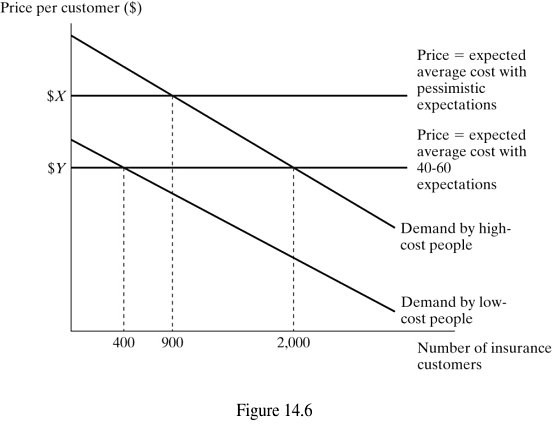Suppose the exchange rate between the U.S. and Argentina is initially set at 20 pesos per dollar and increases to 25 pesos per dollar. In the U.S. economy this would be expected to
A. increase exports and decrease imports.
B. increase both exports imports.
C. decrease both exports imports.
D. increase imports and decrease exports.
D. increase imports and decrease exports.
You might also like to view...
Suppose Sam's Shoe Co. makes only one kind of shoe, which sells for $50 a pair. If they sold 500,000 pairs of shoes, then their total revenue would be:
A. $2,500,000. B. $10,000. C. $25,000,000. D. Cannot answer this question without knowing the cost per pair.
A depression is a:
A. recession that lasts more than four quarters. B. severe and extended period of recession. C. recession that lasts more than eight quarters. D. recession that lasts more than three quarters.
A reduction in regulation will shift the aggregate:
A. supply curve leftward. B. supply curve rightward. C. demand curve leftward. D. demand curve rightward.
 Figure 14.6 represents the market for health insurance. Suppose there are two types of consumers, low-cost consumers with $2,000 average medical expenses per year, and high-cost customers with $4,000 average medical expenses per year. If $Y is the price the insurance company would charge if it expected 40% of its customers to be high-cost, the price it would charge if it expected 50% of its customers to be high-cost would be:
Figure 14.6 represents the market for health insurance. Suppose there are two types of consumers, low-cost consumers with $2,000 average medical expenses per year, and high-cost customers with $4,000 average medical expenses per year. If $Y is the price the insurance company would charge if it expected 40% of its customers to be high-cost, the price it would charge if it expected 50% of its customers to be high-cost would be:
A. greater than $Y. B. less than $Y. C. equal to $Y. D. 50% of $Y.